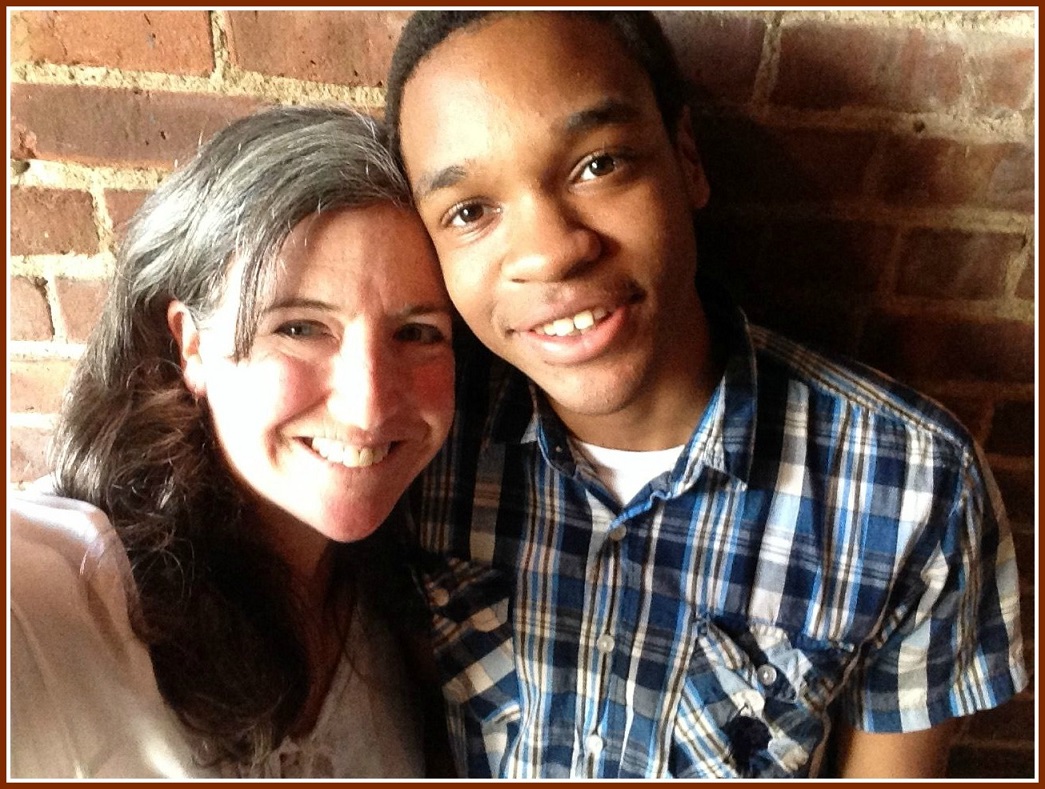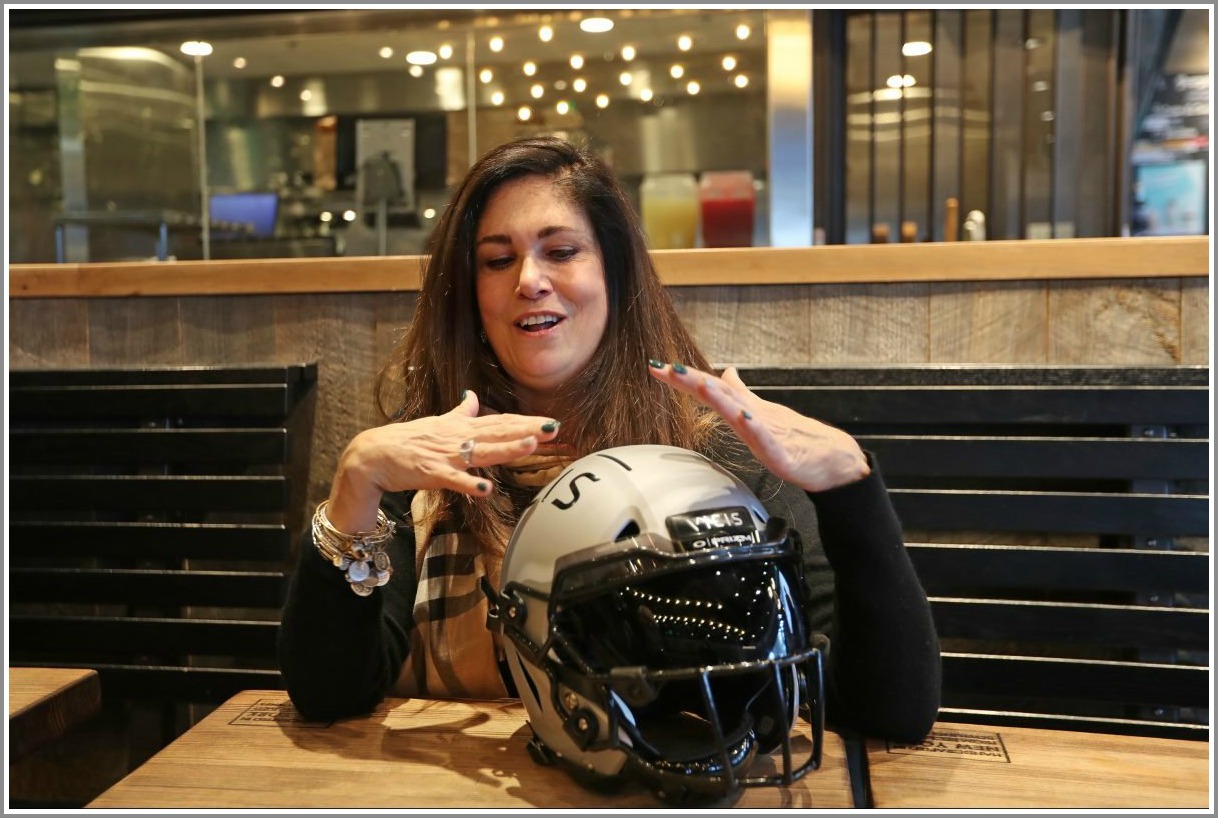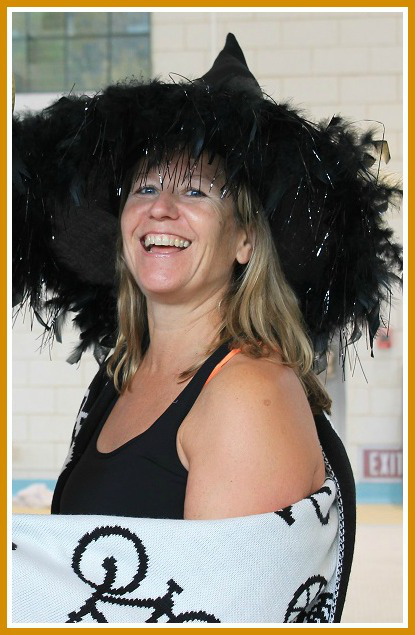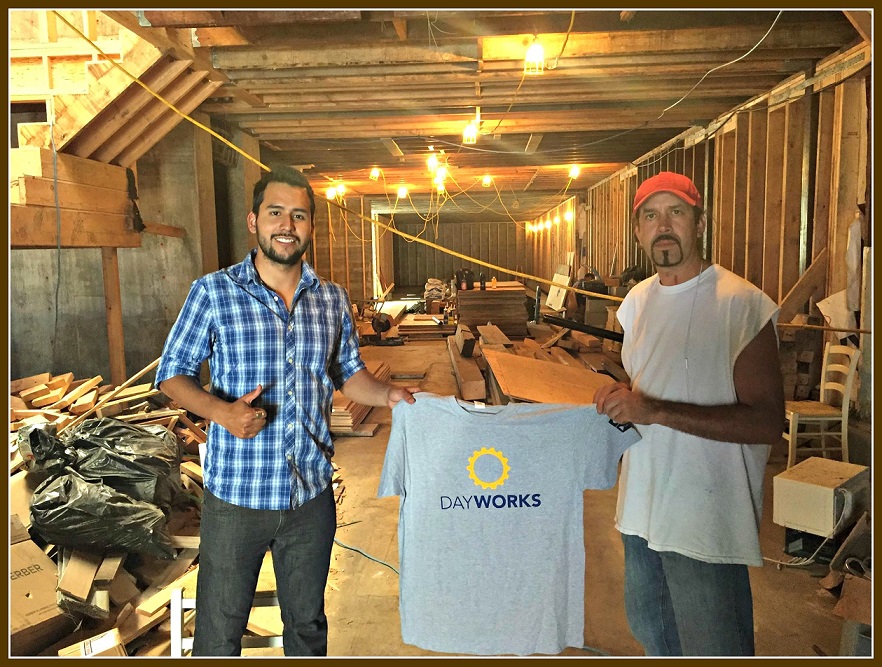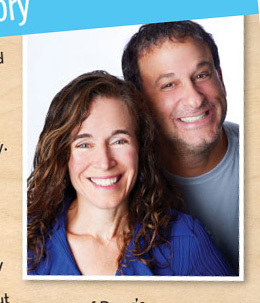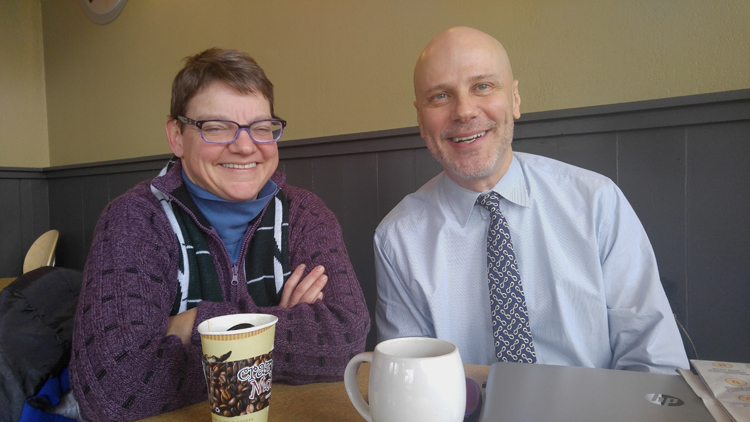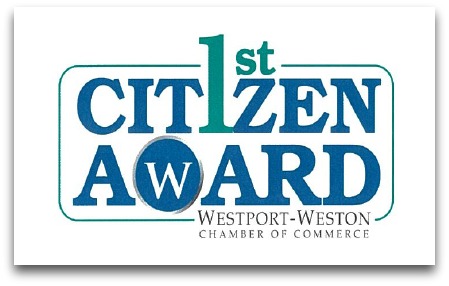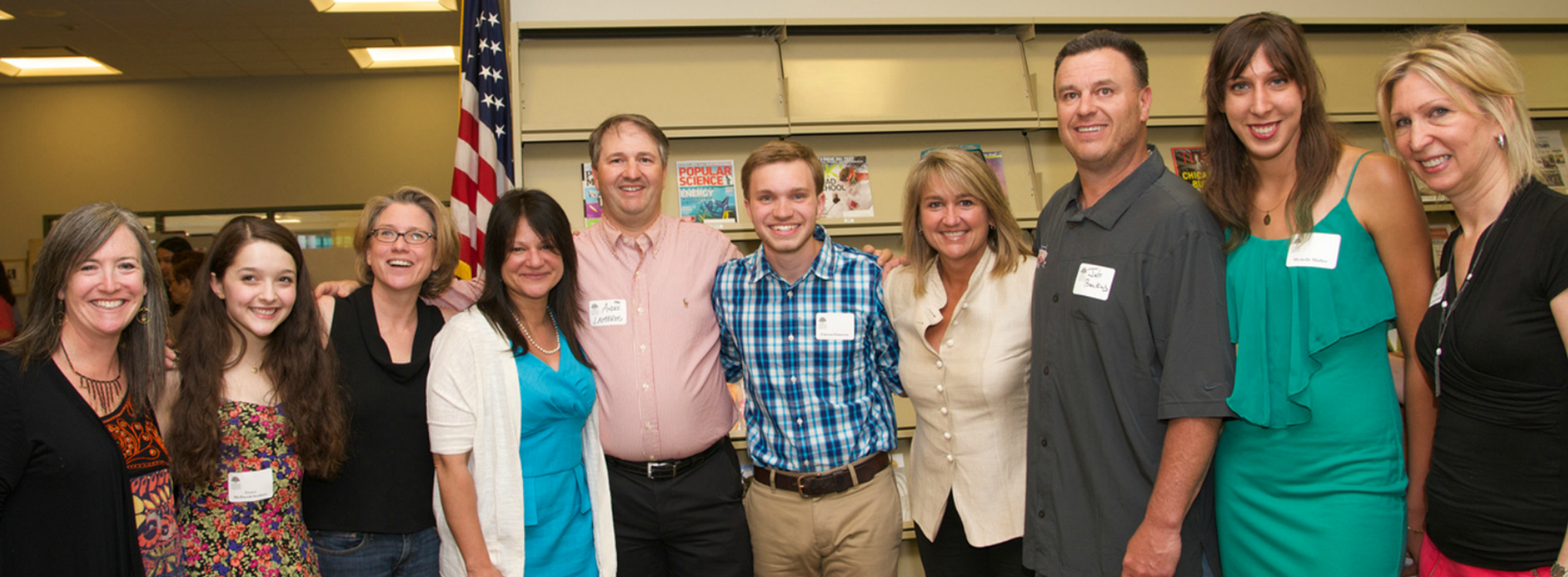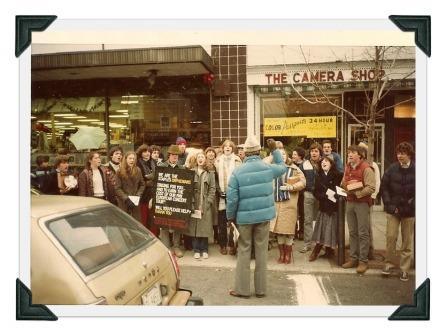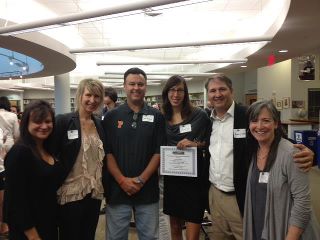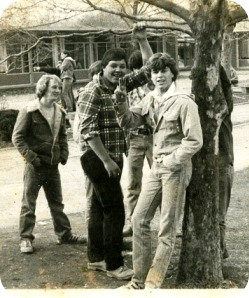After more than 20 years in the newspaper business, Ann Belser didn’t expect to have a paper route at this point in her career.
Every Wednesday, she drives her Mazda to Tarentum from her home in Squirrel Hill to pick up copies of the new weekly East End newspaper called simply Print. Belser, the publisher of Print, delivers copies of the paper to subscribers and vendors across the fledgling newspaper’s circulation area — East Liberty, Homewood, Larimer, Point Breeze, Shadyside and Squirrel Hill. Single copies cost $1, and annual subscriptions, which include 50 issues, go for $25.
And unlike most other newspapers in Pittsburgh and around the world, while it has a website, none of Print‘s news content is available online. And that’s the way Belser wants it to stay.
“Our readers are our customers,” Belser says. “I think of it like a local diner; they feed people locally, but they don’t feed everyone. If you want to eat at the diner you order eggs and pay the diner.”
Belser says the newspaper’s most popular feature is its school lunch menus, which it prints along with police blotters and hyperlocal stories in the East End that she says other media in town aren’t covering. That can include a photo page and story about Point Breeze’s Light Up Night, coverage of a middle school championship swim meet, or a meeting of the Squirrel Hill Bike-Ped committee. Its most recent edition is eight pages.
Belser and Print editor Brian Hyslop, former Post-Gazette business editor, had been thinking about launching a community newspaper for a while, perhaps post-retirement [Full disclosure: Belser was my colleague and Hyslop was my editor for part of my tenure at the Post-Gazette]. But when the Post-Gazette offered buyouts to employees last fall, the two decided it was time. So the buyout money from their former newspaper is helping fund Print.
The pair enlisted former PG colleagues Anita Dufalla to design pages and Elwin Green, founding editor of Homewood Nation, for coverage in that neighborhood. They have coworking space in the Beauty Shoppe in East Liberty.
Print relies on a news service for puzzles and feature content, and local freelance writers and photographers for the rest. All contributors are paid, Belser says.
“When we tell people what we’re doing, the universal reaction is ‘Oh I had a paper like that when I was growing up,'” Hyslop says. “There’s an emotional connection to the small-town newspaper.”
Print‘s editor and publisher believe they can build on that nostalgia in the East End while providing something that serves the community. As they say in the About section of their website, “Print reflects our faith in the era in which newspapers arrived at your door and you could clip out and post proudly the articles about your kids or business.”
Given the state of the newspaper industry, starting a new venture in the field may seem like a crazy idea. Both the Post-Gazette and the Pittsburgh Tribune-Review enacted work reductions last year, the PG in the form of buyouts, and the Trib in the form of buyouts and layoffs. Of course, the newspaper crisis extends far beyond Pittsburgh: in cities across the country newspapers that have failed to replace declining revenue from print advertising have reduced staff, reduced circulation or closed altogether.
According to the 2015 State of the News Media report from the Pew Research Center, newspapers’ revenue from print advertising has dropped precipitously in the past decade, from $46.7 billion in 2004 to $16.4 billion in 2014. The amount newspapers take in from digital ad revenue rose slightly over that time, from $1.5 billion in 2004 to $3.5 billion in 2014 the report found but is clearly still minuscule compared to print ad revenue.
That’s the challenge for larger papers, who Belser says “give away for free” too much of their content online. She declined to provide revenue and circulation figures, but Hyslop says since Print‘s target area is so focused on a small geographic area, the print ad revenue model is still viable and scales well.
“We don’t have a high bar to break even and make money,” he says. “We don’t have to have great readership numbers.”
For Hyslop, Print gives him the chance to continue working with young journalists. Belser says her temperament is more suited for the sales part of the business, and doing the kind of shoe-leather community outreach that used to be the hallmark of newspaper journalism.
“I love delivering the papers,” she says. “I love people telling me what they think of it and having them tell me ‘you need to cover this,’ about things they care about in their neighborhood.'”
XXXXXXXXXXXXXXXXXXXXXXXXXXXXXXXXXXXXXXXXXXXXXXXXXXXXXXXX

